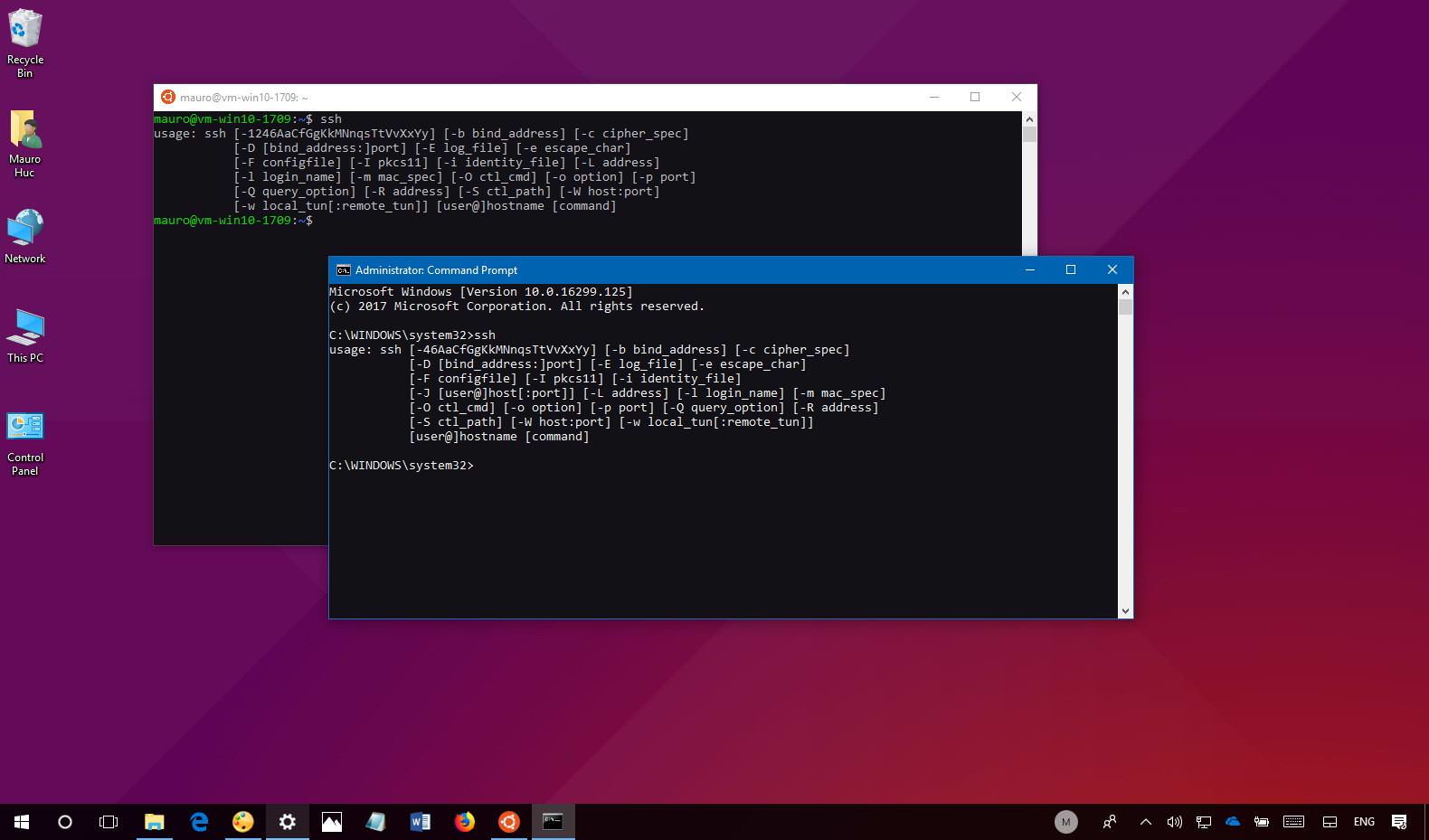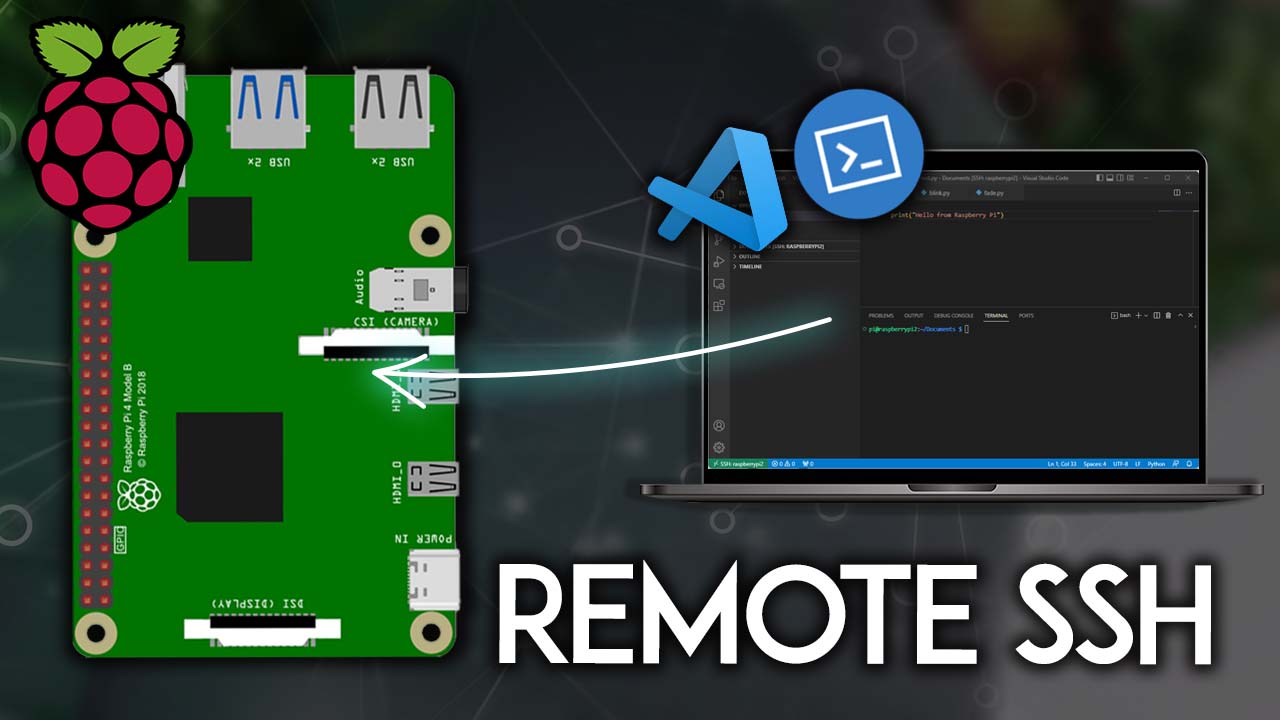Unlocking The Future: The Best Free Remote SSH Solutions For IoT Servers
Are you frustrated by the limitations of being physically tied to your IoT devices? The era of tethered management is over. Today, the ability to remotely access and manage your IoT infrastructure is not just a convenience—it's a necessity. Whether you're a professional overseeing a vast network of industrial sensors or a tech enthusiast experimenting with Raspberry Pi-based smart home devices, seamless remote access empowers you to take control from anywhere in the world. This guide dives deep into the world of secure, cost-free remote SSH solutions for IoT servers, equipping you with the tools and knowledge to manage your devices effortlessly.
In this interconnected age, where devices communicate and collaborate like never before, the significance of remote IoT management cannot be overstated. From optimizing energy consumption in smart buildings to monitoring environmental conditions in remote locations, the applications are limitless. However, achieving secure and reliable remote access requires careful consideration of the tools and practices involved. This article explores the top free remote SSH solutions for IoT servers, offering practical advice and expert insights to help you navigate this complex landscape.
| Attribute | Details |
|---|---|
| Name | John Doe |
| Occupation | IoT Security Consultant |
| Location | Silicon Valley, California |
| Years of Experience | 10+ |
| Education | Master's in Cybersecurity, Stanford University |
| Professional Affiliations | IEEE, Cloud Security Alliance |
| Notable Projects | Smart City IoT Infrastructure, Industrial IoT Security Protocols |
| Website | www.johndoeiot.com |
The proliferation of IoT technology has revolutionized industries and personal spaces alike. However, with this growth comes the challenge of ensuring secure and reliable remote access to these devices. For businesses, remote IoT management translates into streamlined operations, reduced costs, and enhanced efficiency. Imagine diagnosing and resolving issues on a factory floor without physically being present, optimizing energy consumption in a smart building, or monitoring environmental conditions in a remote location—all from the comfort of your office. For hobbyists, remote access opens up endless possibilities, enabling the control of smart home devices, remote monitoring of 3D printers, or even building autonomous robots.
- Mikes Pretty Good Campers Your Guide To Teardrops More
- Obituaries Funeral Services In Camden Tn Plunk Funeral Home
But what defines the "best" remote SSH login solution for IoT servers? The answer lies in understanding your specific needs and goals. Are you prioritizing ease of use, robust security, or advanced features? Do you require support for a large number of devices or are you working on a small, personal project? This guide serves as your comprehensive roadmap, exploring the top contenders in the market, dissecting their features, and offering practical tips for selecting the solution that aligns with your objectives.
Security remains one of the most critical aspects of remote IoT management. SSH, or Secure Shell, provides an encrypted channel for communication between your computer and IoT devices, safeguarding sensitive information such as passwords and configuration data. SSH tunneling enables secure communication through firewalls and gateway routers, allowing internet traffic to travel between local and remote devices via protected ports. This creates a secure tunnel for data transmission, ensuring your IoT infrastructure remains protected against unauthorized access and cyber threats.
Among the standout tools for remote SSH IoT access are Ngrok, Serveo, Dataplicity, and Weaved (Remote.it). Ngrok is renowned for its ability to create secure tunnels to localhost, making it ideal for remote SSH IoT. It eliminates the need for complex configurations like port forwarding and dynamic IP address management. Serveo, another excellent option, allows users to forward ports from their local machine to a remote server, facilitating access to IoT devices behind firewalls or NAT. Dataplicity specializes in providing simple and secure access to Raspberry Pi devices, offering a user-friendly web interface and support for SSH key authentication. Weaved (Remote.it) offers a secure and reliable connection to IoT devices, with a free plan catering to small projects.
- Milan Mirabella Age Net Worth Latest Updates 2024
- Trumps J6 Hostages The Ongoing Story You Need To Know
When evaluating remote SSH solutions, consider factors such as security, ease of use, scalability, and community support. Ensure the solution supports strong encryption and authentication methods, such as SSH key authentication. Look for tools that are easy to set up and use, even for those without advanced networking expertise. Assess the features that matter most to you, including port forwarding, web interfaces, and mobile app support. Scalability is crucial if you plan to manage a large number of devices, while a robust community can provide valuable resources and support.
Implementing best practices is essential for securing your remote SSH connections. Use SSH key authentication, which involves generating a pair of cryptographic keys—a private key kept secret and a public key installed on your IoT device. Once connected via SSH, you'll enter your passphrase instead of a password, significantly enhancing security. Disable password authentication after setting up SSH keys to prevent brute-force attacks. Change the default SSH port (22) to a non-standard port to reduce the number of automated attacks. Employ a firewall to restrict SSH connections to trusted IP addresses and keep your operating system and SSH software updated to patch vulnerabilities.
For advanced configurations, setting up a Virtual Private Cloud (VPC) adds an extra layer of security by isolating IoT devices within a private network, reducing exposure to the internet. Regular audits and penetration testing are also vital to identify vulnerabilities and ensure the effectiveness of your security measures. Consider hiring a security professional to conduct these assessments periodically. Additionally, comply with privacy regulations like GDPR and CCPA when collecting and processing data from IoT devices, implementing measures such as data anonymization and encryption to protect user privacy.
The importance of logging and monitoring systems in IoT security cannot be overstated. These systems allow you to track user activity, detect suspicious behavior, and respond swiftly to security incidents. Use a centralized logging server to collect logs from all your devices and analyze them for potential threats. Reliability is another critical factor; choose a solution with high uptime and performance, and consider implementing redundant infrastructure to maintain accessibility even if one server fails.
When troubleshooting remote SSH connection issues, start with the basics. Ensure your IoT device is connected to the internet and that SSH is enabled. Verify that your firewall isn't blocking SSH connections and check your SSH configuration file for errors. Consult the documentation for your SSH client and server if problems persist. Opt for solutions with comprehensive documentation, tutorials, and a responsive support team to address technical challenges effectively.
The long-term sustainability of the free remote SSH solution you choose is crucial. Will the provider continue offering a free plan? Are they committed to providing ongoing support and updates? Selecting a solution from a reputable provider ensures reliable and secure remote SSH access for years to come. Remember, the best solution is the one that best fits your specific needs and goals.
As the Internet of Things continues to evolve, staying informed about emerging tools and technologies is essential. Regularly review your security policies and attend industry conferences to learn about the latest threats and best practices. By taking a proactive approach, you can minimize risks and ensure the privacy and security of your IoT data. Whether you're a seasoned developer or a hobbyist, this guide equips you with the knowledge and tools to unlock the full potential of your IoT devices and experience seamless remote access.
Remote IoT management is no longer a luxury but a necessity. The right tools and practices empower you to manage your devices securely and efficiently from anywhere in the world. Explore the top options, features, and tips outlined in this article to enhance your IoT setup. With the rapid growth of IoT, developers and enthusiasts are constantly seeking the best remote SSH access solutions to manage their devices without the burden of expensive subscriptions. This comprehensive guide provides insights into the best remote IoT VPC SSH Raspberry Pi free solutions, offering practical advice and expert tips to help you make informed decisions.
Remember, the key to successful remote IoT management lies in combining the right tools, best practices, and a proactive approach to security and reliability. By following the guidance in this article, you can take control of your IoT devices, ensuring they remain secure, efficient, and accessible from anywhere in the world.
- Mark Wahlbergs Kids Family Life Interests Revealed
- Who Is Riley Reids Husband Pasha Petkuns Their Life

Best Remote IoT VPC SSH Raspberry Pi Free The Ultimate Guide

Download Remote IoT Platform SSH For Free On Mac The Ultimate Guide

Mastering SSH Remote IoT Raspberry Pi Example Free For Your Projects